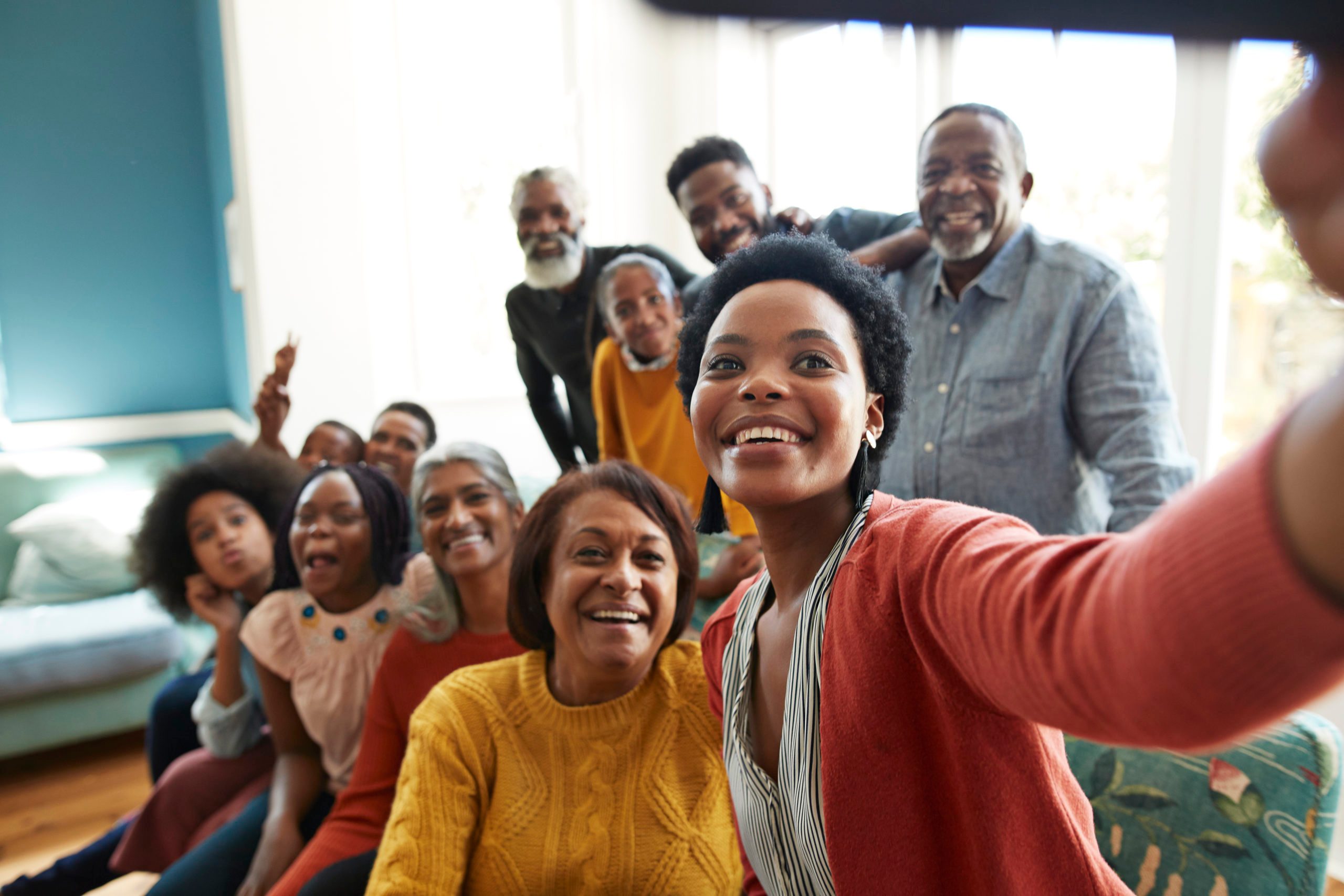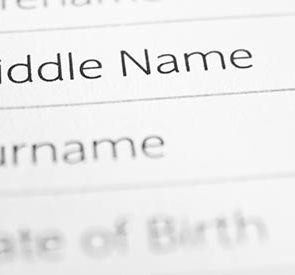“Say papaya!” just doesn’t have the same ring. So what is the origin of "Say cheese"?

Why Do We Say “Cheese” When Taking Pictures?

Looking great in photos is an art form in itself. The angle, the lighting, the tilt of your head—all of it can determine that picture-perfect moment. And whether you’re 8 years old or 80, you can usually count on one classic command before the camera clicks: “Say cheese!” Odds are, you will respond with a cheeky smile and the word “cheese!” But taking a photo—or smiling in one—has nothing to do with this favorite dairy product. So what’s the origin of “Say cheese”? Keep reading as we get to the bottom of this tasty saying.
Get Reader’s Digest’s Read Up newsletter for more fun facts, history, travel, tech and humor all week long.
Why do we say “cheese” when a photo is taken?
The idea of “cheesing” in photos first appeared around the 1940s. The Big Spring Herald, a local Texas newspaper, printed an article that referenced the phrase in 1943. That same year, the Oxford English Dictionary cites that Ambassador Joseph E. Davies “discovered the formula while having his own picture taken. … Just say ‘cheese.’ It’s an automatic smile.”

While no one knows for certain the origin of the idiom “Say cheese,” like Davies, most believe the word itself obliges you to smile. The “ch” sound causes you to clench your teeth, and the long “ee” sound parts your lips, causing you to make a facial expression that resembles a grin.
Why did people not smile in old photos?
Granted, we haven’t always bared our pearly whites for the camera. Back in the 19th century, only children, peasants and drunks smiled in photographs; everyone else kept their faces neutral, which was considered attractive and dignified at the time.
That’s not the only reason people didn’t smile for photos, though. For one, it took several hours (or days!) for cameras to capture a photograph in the first place. As you can imagine, it’s tough to stay still for that long, let alone hold a grin. What’s more, dental hygiene was not a priority back in the day, and most people didn’t want to show off a mouth full of missing or broken teeth.
Photographs were also expensive, meaning the average person only sat for one or two photos in their lifetime. Because this was such an important occasion, each person was on his or her best behavior—hence the somber expressions.
No matter the original reason for these serious-looking photos, the trend didn’t last for long. The invention of Kodak’s $1 camera in 1900, along with the rise of the Hollywood movie industry, allowed more and more “everyday” moments to be captured on film. Thus, smiling in photographs became the norm—and so did saying “cheese.”
Why trust us
At Reader’s Digest, we’re committed to producing high-quality content by writers with expertise and experience in their field in consultation with relevant, qualified experts. We rely on reputable primary sources, including government and professional organizations and academic institutions as well as our writers’ personal experiences where appropriate. We verify all facts and data, back them with credible sourcing and revisit them over time to ensure they remain accurate and up to date. Read more about our team, our contributors and our editorial policies.
Sources:
- Mental Floss: “Why Do We Say ‘Cheese’ When We’re Having Our Photo Taken?”
- Today I Found Out: “The Origin of ‘Say Cheese’ and When People Started Smiling in Photographs”
- Phrases.org: “Say cheese”
- JSTOR Daily: “How the Brownie Camera Made Everyone a Photographer”
- Oxford English Dictionary: “Cheese”


















